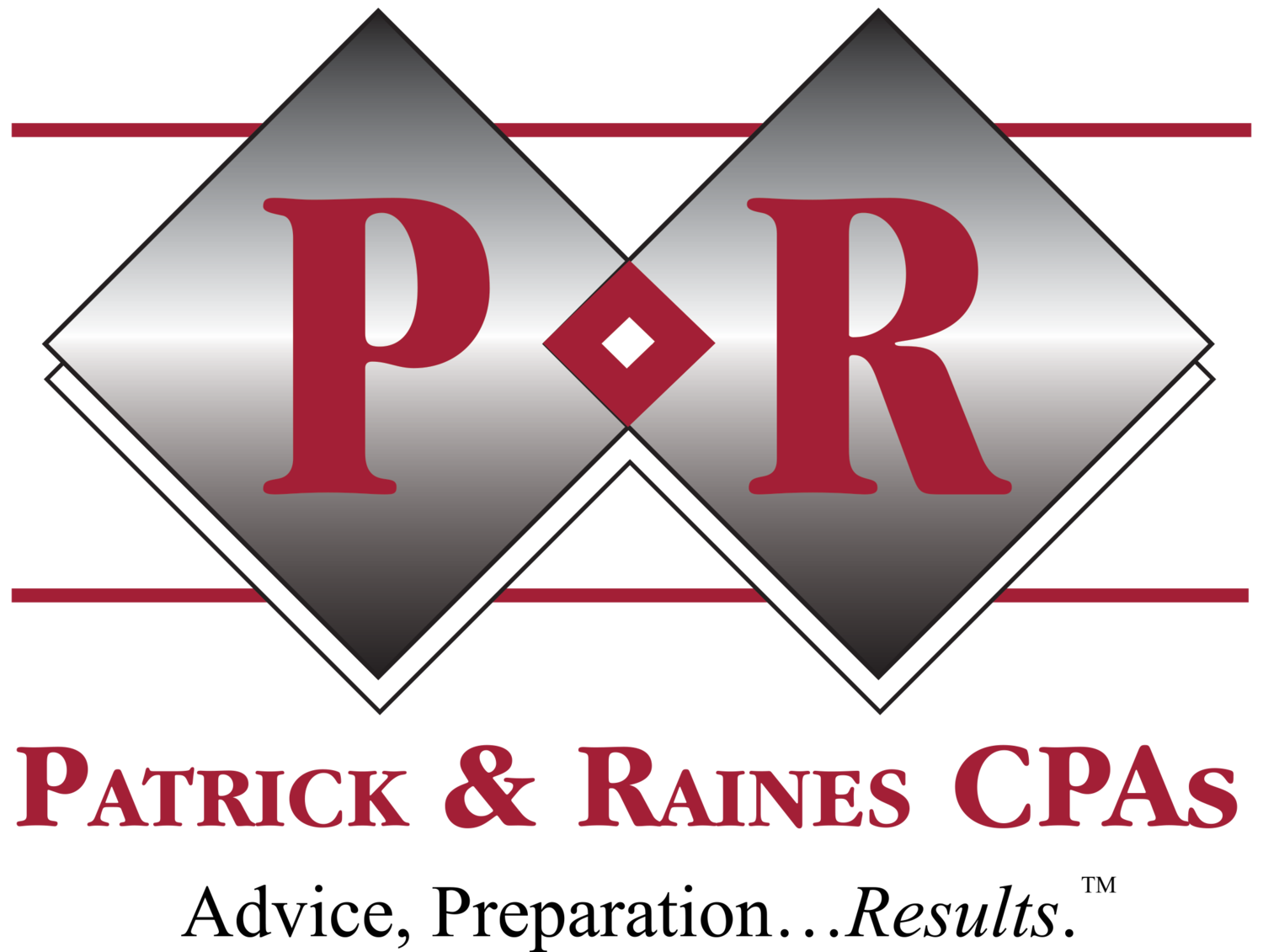The 2015 Tax Season…Will Be Different (Part 2)
By Mark Patrick, CPA, Second of Three Parts | In our previous 2015 Tax Season post, we discussed how your 2014 individual tax return serves as your healthcare accounting to report your compliant health insurance coverage, per the Affordable Care Act (ACA).But what if I didn’t comply? Will I be penalized for not buying health insurance?For nearly all applicable individuals filing a 2014 tax return, if you didn’t buy a health insurance policy with minimum essential coverage (MEC) for at least 10 months during this tax year, you must file Form 8965 Health Coverage Exemptions to determine if you’re assessed a penalty and for how much.Several exemptions from the penalty are available. Beyond the obvious examples of owning either an eligible or grandfathered employer-sponsored plan, these exemptions include:
- Not occupying US citizenship or nationality; those with alien status not lawfully present in the United States also qualify for the exemption;
- Participating in a health sharing ministry or qualifying for a religious conscience exemption;
- Possessing coverage under one of six government-sponsored programs;
- Individuals who can’t afford coverage (as defined by the law);
- Hardships (again, defined in the law)
- Earning income below the income tax filing threshold;
- Being a member of an Indian Tribe;
- Purchasing a qualified health plan in the individual market; or
- A myriad of other health benefit coverage options approved by the Secretary of Health and Human Services.
These exemptions receive further explanation in the 12 pages of accompanying instructions to Form 8965…If you qualify for a premium assistance credit (PAC) due to your household income, but didn’t receive it when you purchased coverage from the exchanges, the credit is labeled a premium tax credit (PTC), and subtracted from your income taxes.But if you received an estimated PAC for more than you qualify, you must repay the excess to the IRS. You’ll compute the exact amount on Form 8962…which comes with 15 pages of instructions.To qualify for a credit, your household income must not exceed 400% of the poverty line for your sized family. Using a similar concept to the Earned Income Tax Credit, a sliding scale exists, which determines credit allowed, based on your percentage over the poverty line and your family size.The exemptions are determined on a monthly basis (not annually), then totaled. We’ll save the suspense of how that computation is done for your personal experience completing the Form 8965. Look for exciting terms such as “Household Income,” “Coverage Family,” “Coverage Month,” “Applicable Percentage,” “Adjusted Monthly Premium,” and “Applicable Second Lowest Silver Plan.”So I’m not exempt from the tax penalty; what consequences do I face?The 2014 tax penalty starts with 1% of applicable income, in most cases your adjusted gross income less the filing threshold of the standard deduction and your personal exemptions. Consider the following:
- The minimum penalty is $95 per individual, but only the first three dependents are included in the computation. Each child counts as only a half penalty, so a couple with two children would face three penalties total; but, you’d still face the same amount with a third child (due to the half penalty).
- The maximum penalty for 2014 is the national average annual premium for bronze-level coverage, which for 2014 ranges between $2,448 for an individual and $12,240 for a family of five or more.
For 2015, the formula remains the same but the IRS will base the penalty on 2% of applicable income with a minimum of $325 per dependent and the maximum of the average bronze plan. In 2016, the penalty increases to 2.5% of applicable income and a minimum of $695 per dependent. Note the incentive to buy a policy as your income grows and time passes.The penalty is calculated on the new Form 8962, referenced earlier. Unfortunately, an inverse relationship exists between the complexity of the compliance and the taxpayer’s income level (those with money pay the penalty, those with low income stress over figuring out what they owe).Our next tax accounting post will cover how you’ll receive data necessary to complete the new ACA forms.If all this new information seems overwhelming, relax; that’s why we’re here. The healthcare tax accountant team at Patrick & Robinson CPAs will help you navigate these newly charted waters. Contact us at (904) 396-5400 or Office@CPAsite.com.

